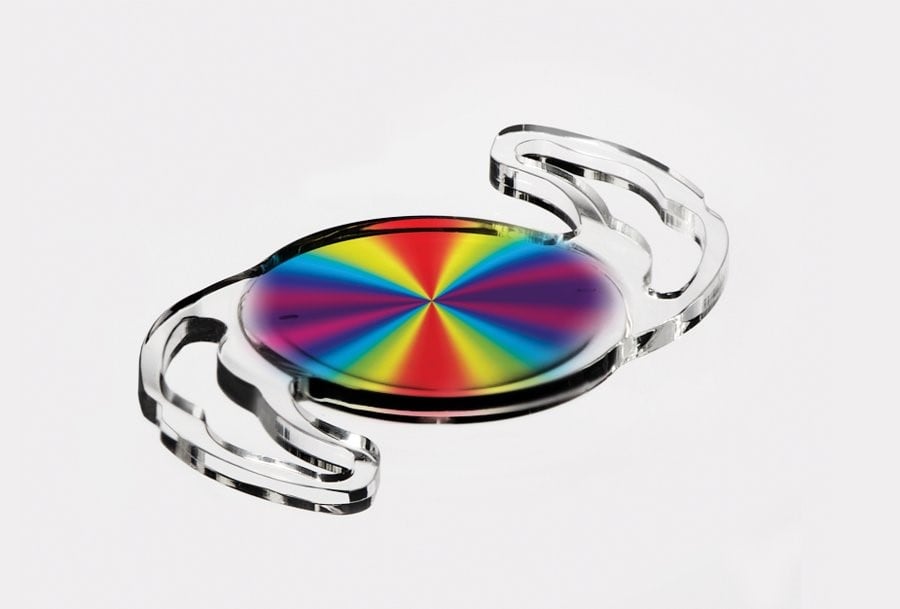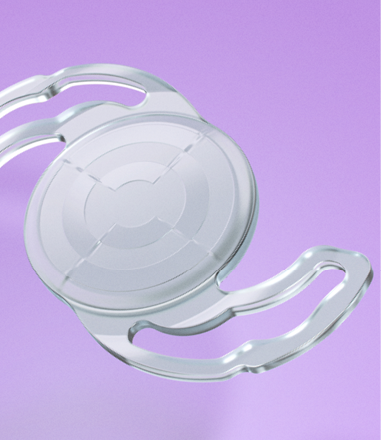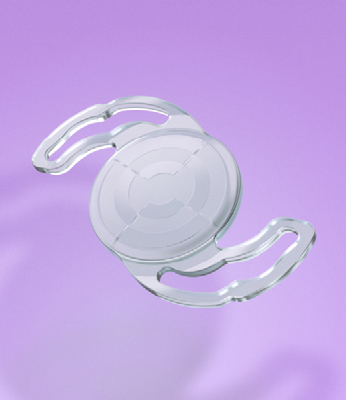1. Select patients with healthy corneas and symmetrical astigmatism. Irregular astigmatism is a ‘relative’ contraindication.
2. ATR astigmatism ≥ than 0.75D should be corrected with Toric IOLs. WTR astigmatism ≥ 1.25 D should be corrected by Toric IOLs.
3. It is vital to understand the devices you work with. Think about maintenance and calibration and how to best operate them.
4. The effect of the posterior cornea on the total corneal astigmatism should not be disregarded. In case it cannot be measured directly with a device, it is best to implement the Barrett Formula.
5. In case the main incision is always placed on the same place on the cornea (superior / temporal), it is best to use a SIA value of 0.10 D.*
6. For the toric calculation, it is best to use corneal topography for the axis of the corneal astigmatism.
7. Optimize IOL calculation constants based on your own personal data.
8. Use Toric IOLs that are aspheric in both sphere and cylindrical powers.
9. Be a perfectionist in the marking of the cornea.
10. It is recommended to use a Capsular Tension Ring that stabilizes the IOL and ensures its effective position.
Courtesy:
Ophtec in cooperation with Dr Mariano Royo and his Optometrist Ángel Jiménez Hospital San Rafael, Madrid
* https://crstoday.com/articles/2016-oct/better-results-and-happier-patients




